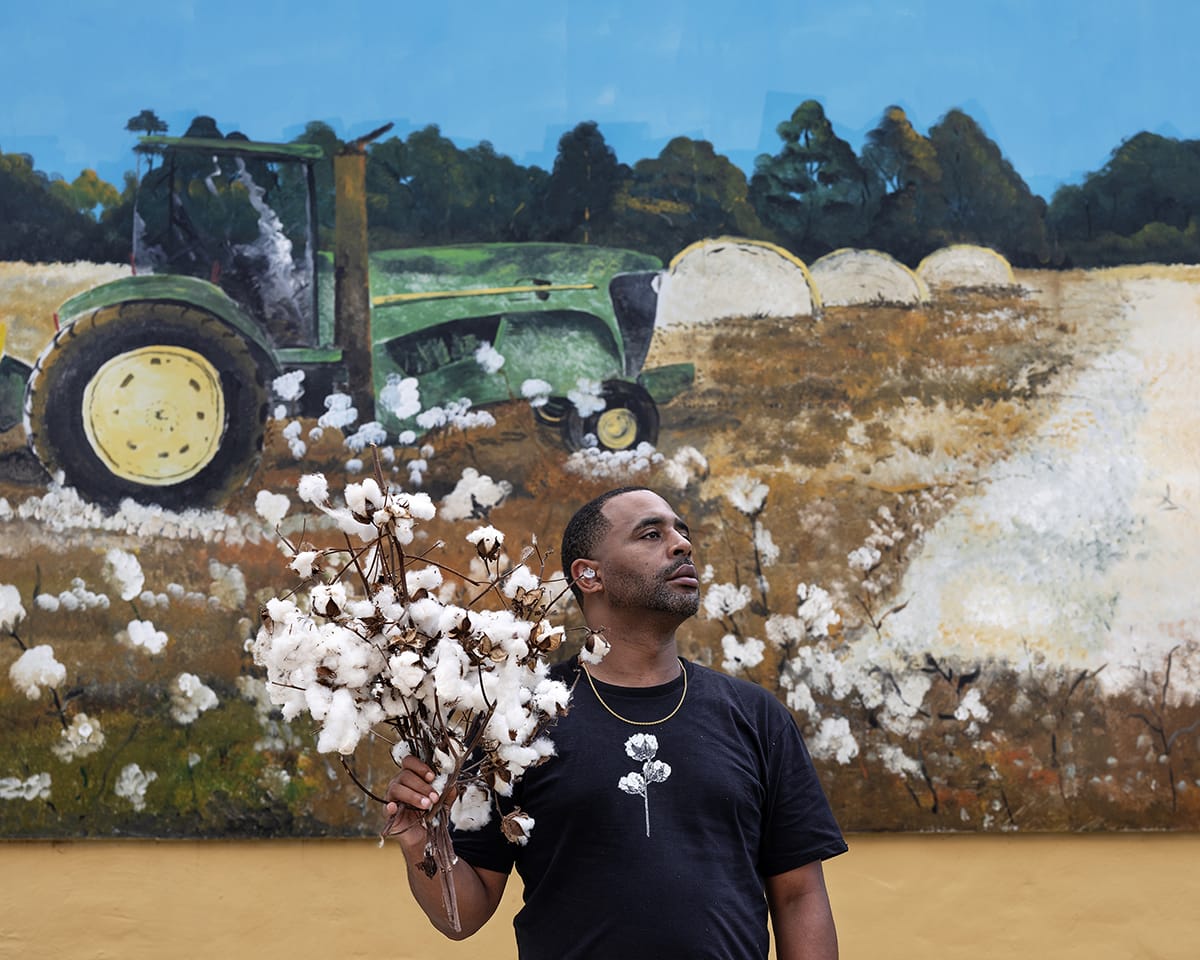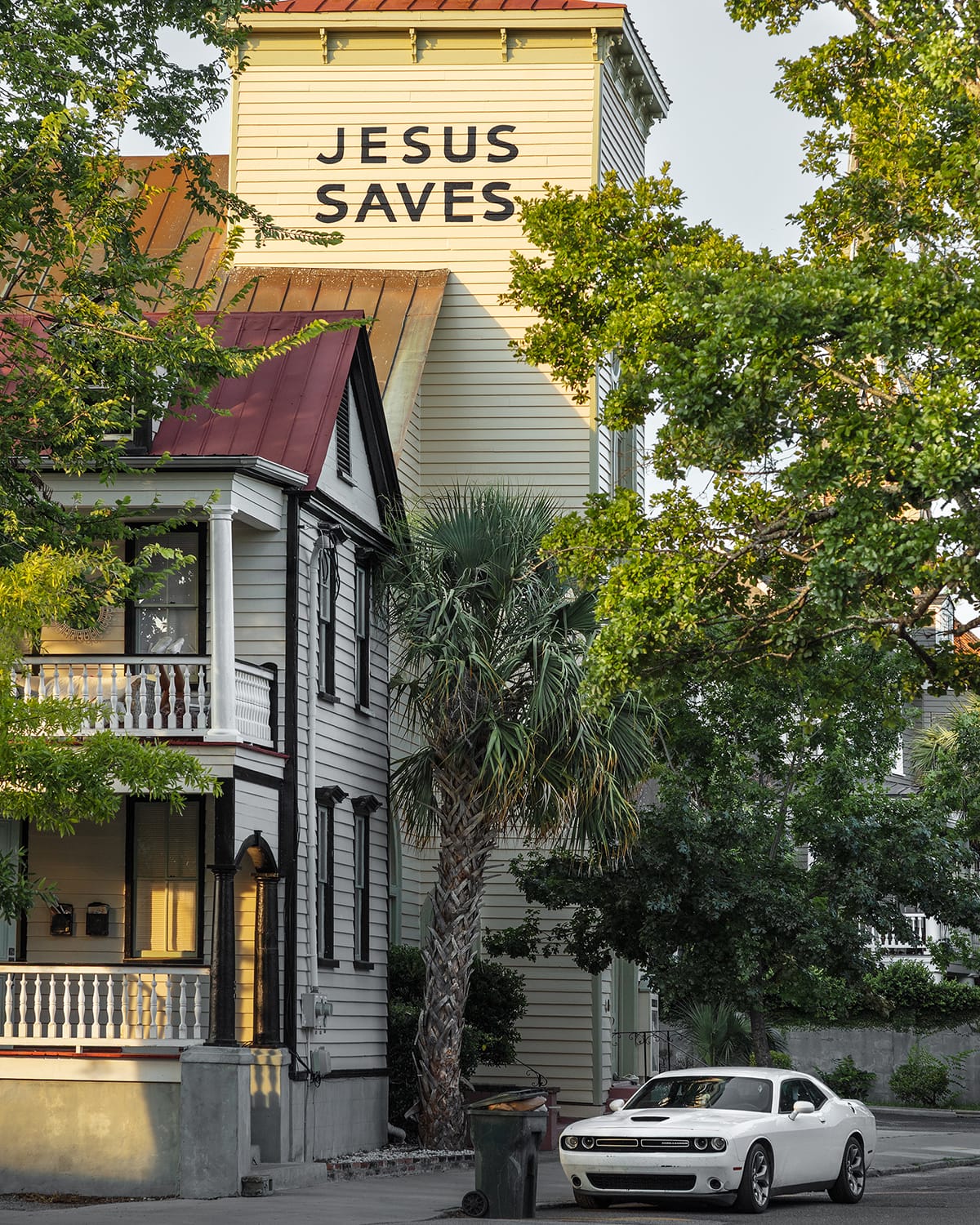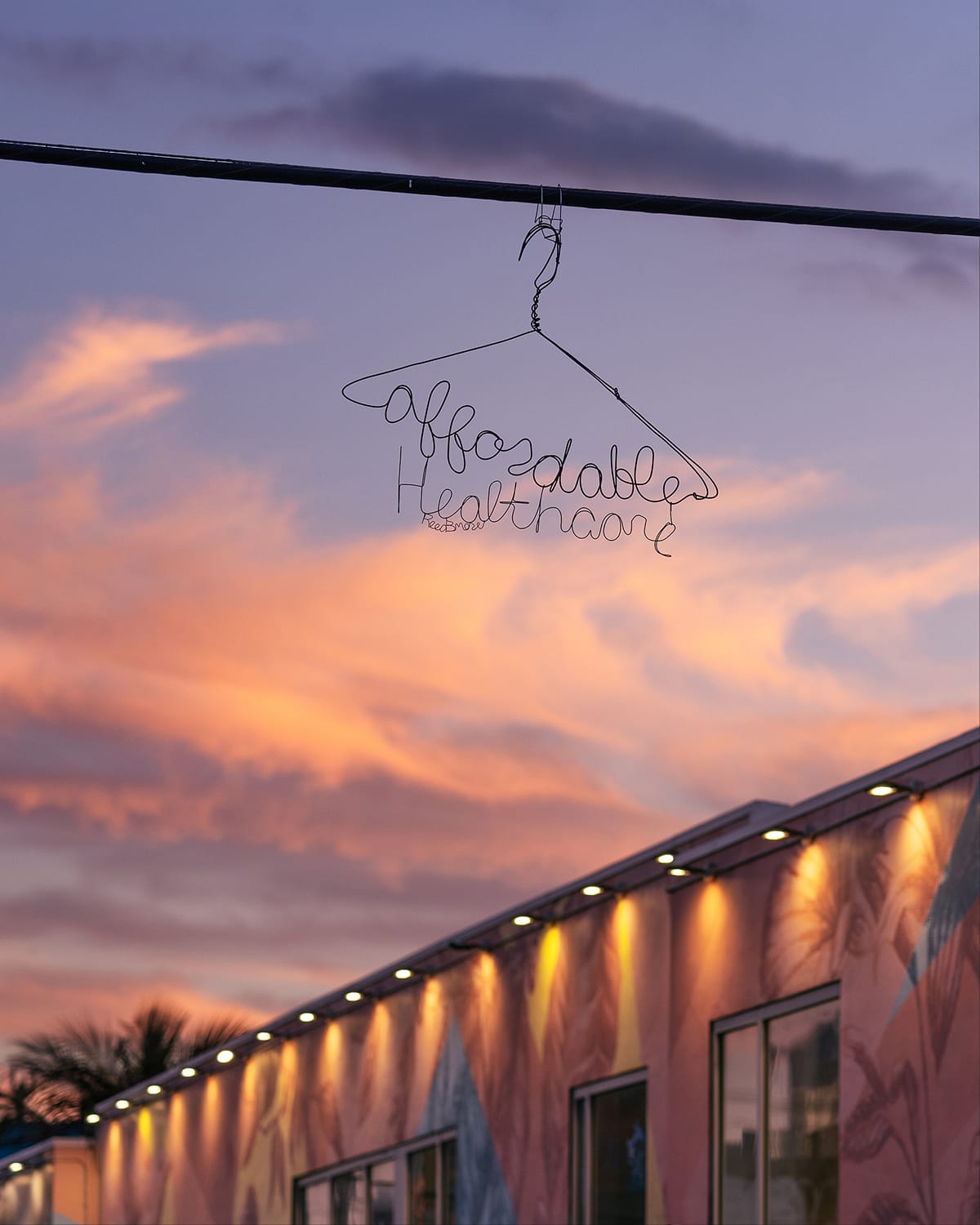
The Russian-born photographer Anastasia Samoylova will publish a new photo book, Atlantic Coast, tracing Berenice Abbott’s famed road-trip along U.S. Route 1, which stretches from Key West to Fort Kent, Maine.
The monograph, 144 pages with 91 images, shows the ruins of Americana and the dangers of nostalgia without contemplation and growth in thinly veiled commentary on the political, social and economic divides in the United States, while still celebrating the country for its beauty and freedom and the individuality of Americans.
It was co-published by Aperture and the Norton Museum of Art, and features essays from the museum’s senior curator of photography, Lauren Richman, as well as writer and critic Aruna D’Souza. It will be released November 18.
The release coincides with two of Samoylova’s solo exhibitions of the same title opening at the Norton Museum of Art in West Palm Beach and at Dot Fiftyone Gallery in Miami on November 30.
In a foreword, museum director Ghislain D’Humieres heralded the book’s opportune significance ahead of the 250th anniversary of the United States and described it as “uniquely relevant to the Norton,” which sits along the historic highway.

“Atlantic Coast is a timely investigation of this country’s defining principles; how national identity is shaped, performed and splintered from state to state; and the complexities of American history,” D’Humieres wrote in the foreword.
One photograph, midway through the book, literally spells out Samoylova’s thesis. That photo shows the text “The Way Life Should Be” on the side of a building that has unkept railings for what appears to be a second-floor balcony in need of a paint job.
D’Souza in her essay suggested that the power and “bleakness” of Samoylova’s images is that they are atemporal, like with a portrait of a woman wearing 1940s period clothing behind the counter of a candy store.
“Samoylova doesn’t underline the artificiality of the scene or give us any means to recognize it as a fiction,” D’Souza wrote. “There is no obvious ‘tell’ to let us know that this isn’t a historical photograph.”

Many of the photographs feature decades-old cars, which D’Souza said plays “a large role in the confusion of the timelines.” These include a portrait of a very large pig in the back of an old truck in Connecticut that feels more like it would come from the deep south.
“Yes, the repetition of old cars, old churches, old movie theaters, old houses throws us back to the 1950s,” D’Souza wrote. “This is more or less the heyday of what we now imagine as Americana. But in Samoylova’s hands, Americana is portrayed not so much as a golden age but a ruin.”
The book also casually gives insights into some of the biggest news items and political debates in recent years, from climate change to the removal of monuments of controversial figures to gun control.
“Historically, and even more so over the past decade, Florida has become synonymous with performative national pride, political extremism and eccentricity,” Richman said in her essay.
“However, in Samoylova’s travels along the Atlantic coast, she has also observed the many inconsistencies and incongruities of the state’s identity based on such preconceptions and prejudice.”

Richman pointed to an image, titled Gun Ring, in which a person enshrouded in an American flag shawl dons bracelets that spell out “Trump” and a jewel-encrusted ring in the shape of a handgun. That image was taken in New York City, not Florida.
Other images show Baltimore’s collapsed Francis Scott Key Bridge, which drew a firestorm of debate during the administration of President Joe Biden, a transgender woman amid America’s culture wars, and a wire hanger twisted to spell out “Affordable Healthcare.”
In one image, the text “Jesus Saves” in all-caps is pictured on the side of a building with an expensive modern car, perhaps the only modern car in the book, is pictured in the foreground.
Others are also subtle, like an image of an older woman wearing a National Parks Ranger uniform and then, a few pages later, a younger woman in uniform, in an era when conservatives have questioned the role of women on police forces and the military.
“Looking for work,” reads a faded paper flyer taped to a telephone pole. “Healthy, hard worker, sober.”

Richman said the politics on display in Samoylova’s work are “neither conspicuous nor overtly personal” and expressed that the photographer “aims to maintain as much neutrality as possible.”
“It is dangerous to seek comfort in a history we should seek lessons from,” Richman wrote in her essay. “Nostalgia offers only stagnation and avoidance; it disallows growth. Understanding the photographic medium and its inherent relationship with time, Samylova warns us of these pitfalls in Atlantic Coast.”
